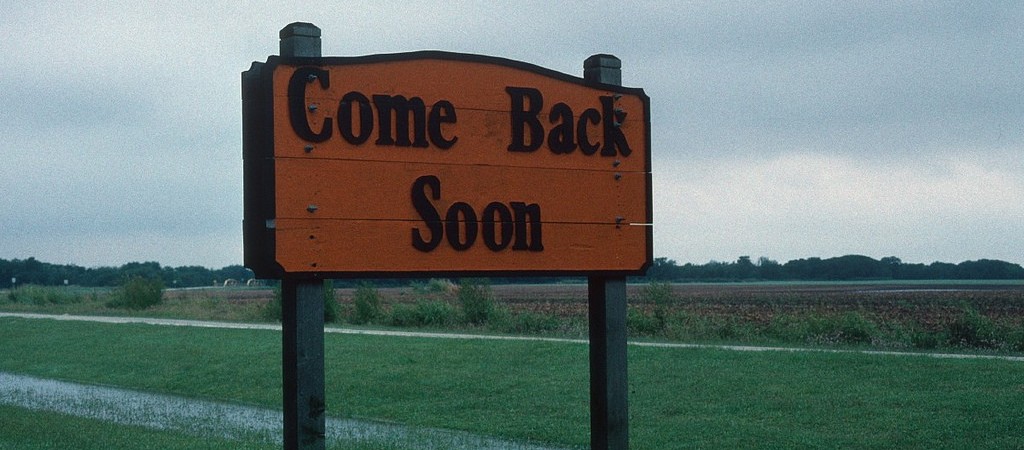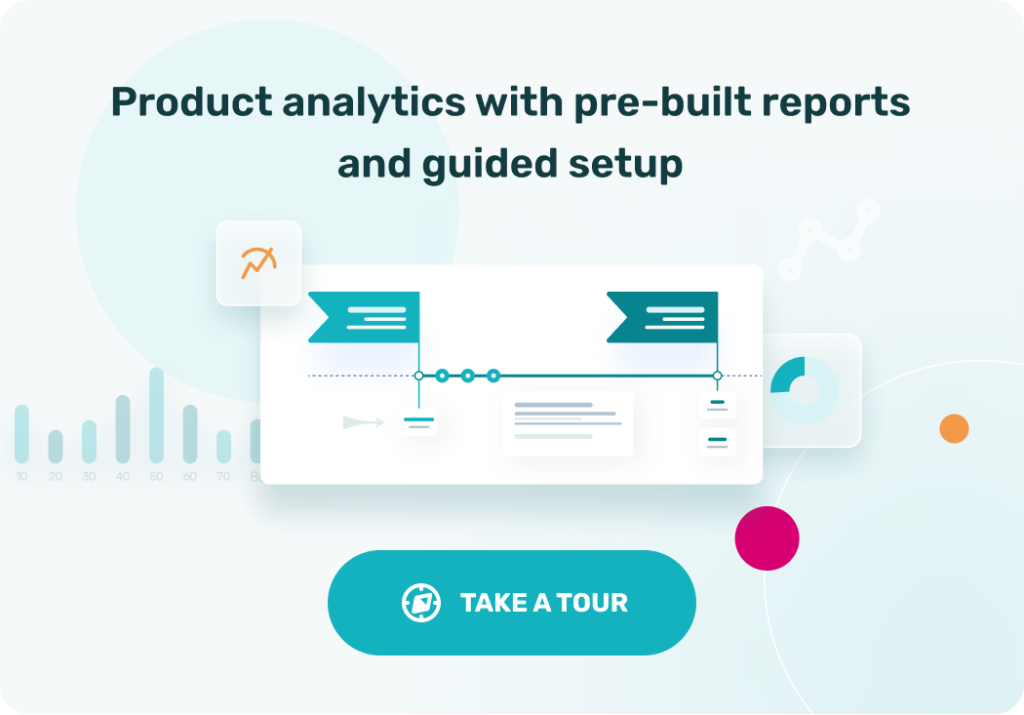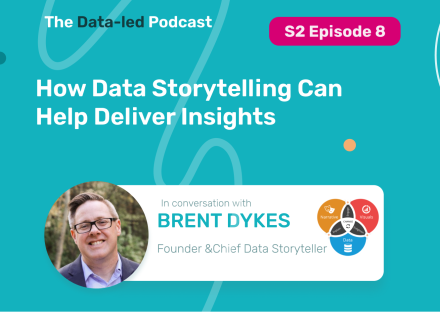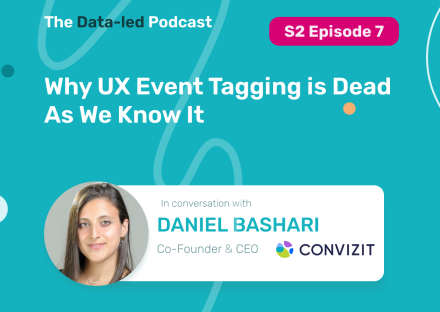Finding the first customers for your SaaS
Your first customers will be able to provide valuable feedback about your product. You can analyze the data you get from their interaction with the product and gain valuable insight.
So how do you actually get the first customers for your SaaS?

You can begin by contacting people from your network: friends, acquaintances, current and former co-workers, and ask them for introductions.
Let them know when the product is ready and offer to help them with a demo. Most people won’t think to tell others about your product so don’t be shy about asking for that referral.
Your Network – assuming that you have already spoken with relevant business people, those who could be potential customers, connect back with them.
Tell them your product is ready and offer them help with a demo. Give them a link to refer the product to other people who could benefit from the value your software offers.
I don’t see why they wouldn’t want to spread the word of a really good product that helps solve a problem.
It helps reach out to the right people quickly – Rahul Nair, co- founder of Trackbox.co
If you offer a free trial, email your customers and ask for feedback. If you feel that email leaves too much to chance, ask for a phone number and call them.
Calling them a few minutes after they sign up, or even later that day, could help you build a genuine relationship.
Trey Gibson used this strategy to get his first 10 customers for his SaaS startup:
Call your new trials as soon as they sign up. We used Zapier to send me a text anytime a new trial signed up and I would call them within a few minutes.
If we didn’t catch them at first we would call them back later that day, then two days later, then every few days until we reached them or had made 7 calls.
Referral programs are very common. Consider offering incentives to have people sign up and share the product.
This might prove a bit more difficult to implement so be careful not to fall into the trap of shifting your focus to the referral program, instead of customer acquisition.
Referral programs – Once you get your first 3-5 customers, see how quickly you can get a referral program up to encourage those customers to invite 3-5 more just like them.
Just don’t spend too much time building your first iteration of a referral program, because it’ll “never be right”. – Ashli Norton, co-founder of Autosend.io
Experiment with different strategies to make sales and drive business: fast vs. considered signup, monthly vs. yearly pricing, free trial, freemium, etc.
Here is a great story about how Zapier landed their first customer:
If you’re running an early stage startup, the most important thing you can do is get the idea out in front of as many potential users as possible and find out if they would use what you are building, and if they would pay for it.
If that means trolling the forums, cold calling businesses and emailing potential users then go for it! And once you have someone interested in what you’re working on, don’t be afraid to do things that won’t scale.
Provide more support than is necessary. Build features only for that person (within reason). Write handwritten thank you cards. – Wade Foster is a Co-founder and CEO at Zapier
There are many strategies and techniques you can use to land your first customers. It’s up to you to decide which one is the best approach for your business.
Keeping the first customers
Congratulations, you’ve managed to acquire your first customers.
How do you make them fall in love with your product?
You can begin by figuring out the quickest way to get your users to see the value in your app. Make sure they understand exactly what problem your product solves.

Depending on whether you’d prefer to adopt a fast or considered signup approach for your business, don’t ask for too much information during the signup process.
An email address and first name should suffice. Most people just want to see if your app will fit their needs.
Asking them for credit card details before they’ve had the opportunity to even see your app may be one hurdle too many. Another great answer from great answer from Ashli Norton:
Remove anything in the way of your user reaching their “AH-HA” moment. Find a way to get users to see the value in your app in the shortest amount of time.
Ask very little upfront. Maybe just a name and email at first. Let them use the app and ask for more information as they go.Most people just want to look around and see if your app is a fit so a long form will deter many users from even trying.
Remember, users can become paying customers without you ever knowing their company name, title, etc.
Tell users what to expect. If registering on your site is a three step process and realistically takes just 30 seconds, make sure you let your users know.
People are more willing to stick with it when they know what to expect.
Earn trust by providing world class customer support and over delivering on value. Be honest, even when you don’t have everything figured out. Be sure to deliver on your promises.
Remind users you are there to help.
Most replies we get to our onboarding emails are from users who have questions about how to use our app or specific features.
Most of the time, it doesn’t matter what we send, they just see us reaching out as an opportunity to start the conversation. – Aurélie Chazal, Marketing Manager at customericare.com
Having an amazing product is paramount, but not everything. Making the customer understand why he needs your product and providing an awesome experience are just as important.
Setting the right price for your product
Another sensible subject touched upon by every SaaS entrepreneur at some time or other. Fortunately, there are other budding entrepreneurs out there have run into the same issue.
Most entrepreneurs struggle when it comes to setting the price for the product. Because the product is not in its final version, they end up asking for less than the customer would’ve been ready to pay.
Don’t worry if you already went down that path and find yourself in need of a solution, try experimenting with one of the following strategies:
One good strategy is to add new editions of your product, without increasing the price for the current editions.
You can create a new bundle with new features and begin charging more for it for new customers.

If you are experiencing fast growth, raising price on past customers might prove to be a waste of time, particularly if they no longer make up that much of your customer base.
In my experience at least, the best technical way to raise prices for existing customers without too much friction is to add new editions.
Create a bundle of new features (not old ones) and charge more for that going forward. This doesn’t anger existing customers and provides a graceful way to raise prices over time.
We did this in the early days as we moved our list price per seat from $12/mo to $36/mo or more over time by adding enterprise editions. It worked fine.
The early folks that paid $12 or less for the most basic edition and still do to this day.
Far more importantly: I think at some level, raising prices on past customers can be a borderline waste of time if you are still in high growth mode.
Save the raises for new customers as of Date X. – Jason Lemikn of SaaStr
Communicate this change to your customers as early as possible. Let them know what’s coming. Be straightforward, don’t dress your message or sugarcoat it.
Here‘s an example how Close.io announced the price increase on their blog.
Are salespeople a solution?
Companies like Basecamp, Intercom.io and Slack have had huge success without any help from salespeople.
One can’t help but ask, therefore, if we’re entering a new phase in business where salespeople might no longer be needed.
Hampus Jakobsson, CEO and founder of Brisk.io. shared some valuable insights with us:
Three things have dramatically changed in the last 10 years:
- People don’t want to be sold – not as consumers or companies – but are happy to buy and be served
- We have 50+ suppliers (Salesforce, Dropbox, Yesware, Google Apps, Xero, Hubspot, …) instead of a handful (IBM, SAP, Microsoft, …) which means you pay a lot of companies a little money each instead of few a lot.
- Software is no longer sold as a “transaction” (sign-and-goodbye) but as a subscription (deliver value or see churn)
These three together make a perfect storm – salespeople can’t work like elephant hunters for 12 months on a deal, and when signed can pretty much deliver anything (hello Windows 2000 Server…).
The game has fundamentally changed.
The new world is the one that Atlassian, Evernote, and yes, Slack show the way.
Sales has changed to “Marketing” and “Customer Success” as the industry calls it.
Marketing’s job is to get people to find you, get to know you and want to buy.
Tomasz Tunguz catalogued the first VP of sales hire for around 20 fast growth SaaS companies.

His data revealed that most fast-growth SaaS companies hire the first VPS in the third year after they were founded:
While this chart doesn’t show ARR information, we can’t validate the $1M ARR advice.
But the data is very consistent with the timing of when a fast-growth company should achieve those revenue numbers.
The typical SaaS company will be founded, develop a product, find some customers, raise a seed 9 months later, learn a bit about the sales process, raise a Series A 12 months later and then start a VPS search.
And often it’s the cash from this second round that enables the company to afford a VPS and the sales team.
Both Hampus Jakobsson and Tomasz Tunguz raise valid arguments. Even though the environment is changing, most SaaS companies still employ a VP of sales once they reach $1M ARR.
Taking this into consideration, we can see that even though salespeople might not be needed in the early stages of a startup, they still have an impact later on, especially in enterprise-focused companies.
Conclusions
Build a genuine relationship with your first customers. Try calling them right after they sign up. Tweet
Build an amazing product and help the customer understand why he needs it. Tweet
Looking for deep insights into how your customers use your product?
InnerTrends can help. You won’t have to be a data scientist to discover the best growth opportunities for your business, our software will take care of that for you.
Schedule a Demo with us and witness with your own eyes just how powerful InnerTrends can be.






